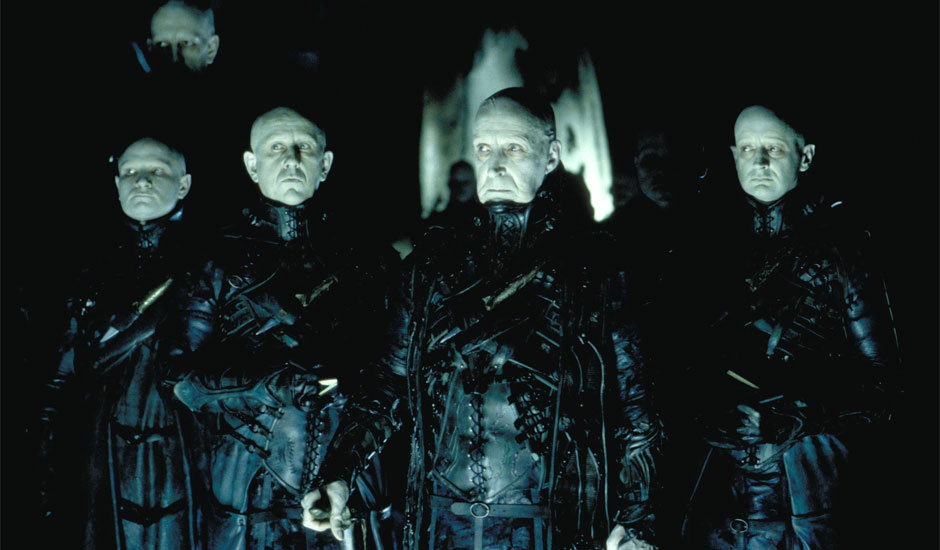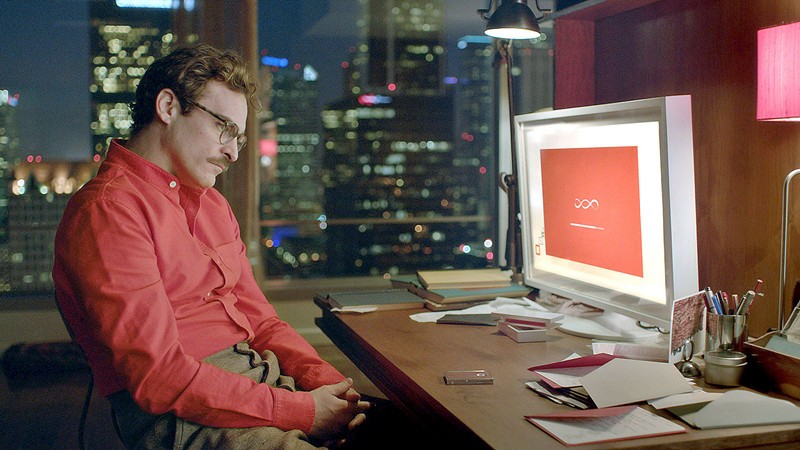
When it comes to depicting worlds that lie beyond our own realm of time and space, master filmmakers have sometimes gone the extra step to highlight the beauty of the unknown, the extra-terrestrial or the future. By stretching their techniques as filmmakers, some are able to create visual poetry and achieve something magnificent in the process.
The science fiction genre gives filmmakers an extra excuse to make something extra special in terms of the images they display on the screen. They have to use these images to display worlds far beyond our own reaches or civilisations far into the future. They can be awe inspiring or thoughtful, kinetically heightened or existentially beautiful, psychedelically stunning of starkly bleak.
Science fiction has such a wide range of themes, environments and settings (some of that are literally out of this world) that allows its visuals to be so varied in their splendour. The light, camera, and frame are perfectly positioned to depict heavenly bodies in a manner that is unparalleled with most cinematic features, but some stand above the rest and are so memorable in the images they craft that they can be considered the most visually stunning of all time.
15. Gattaca

Upon its release in 1997, Gattaca was a commercial flop and that is really a shame as this science fiction thriller is not only immensely smart and excellently paced, but also gorgeous to look at. Perhaps the most impressive shot of the film comprises of a huge office space full of genetically superior computer programmes, clinically lit and exquisitely shot to capture the atmosphere of a future in which the genetic perfection is praised and valued above all else.
It is little surprise that the whole film shares this delicate cinematography as that role in question was performed by Slawomir Idziak, who also worked on Three Colours Blue (and in case anyone complains Three Colours Red was in consideration but whether it actually constituted science fiction is up for debate, so let’s just leave it with an honourable mention).
The look of Gattaca emphasises the futuristic nature of the plot yet somehow retains a small connection with our own time, building tension and raising moral questions in the process.
14. Under the Skin

Given that it depicts the human world from the perspective of an alien, it was important that Jonathon Glazer’s science fiction horror successfully displayed earth with an unfamiliar and alien nature. It did just that through its sometimes gritty, sometimes wonderous depiction of the Scottish highlands and the predatory seductress, played by Scarlett Johansson that patrols them.
The visual style is somehow hypnotic, visionary and immensely immersive as the human landscape gradually appears less and less familiar and welcoming. Having been filmed in a guerrilla style with mainly hidden cameras and improvisation, it only exaggerates the realistic nature of the film that makes it all the more remarkable of how outlandish earth rapidly becomes. From Johannsson’s viewpoint, Under the Skin’s visuals allow us to feel like extra-terrestrials on our own planet.
13. Wall-E

For their foray into science fiction, Pixar animation wanted to create a vast and bleak landscape for their post-apocalyptic robot love story. They achieved this through, actually, deliberately creating imperfection with their filming, they wanted to recreate the mistakes that animation just doesn’t have, because in their eyes, it was simply too perfect to create the kind of beauty they wanted, and that kind was something that resembled the films that director Andrew Stanton had watched in his youth and how he remembered them.
For this, they consulted leading cinematographers like Roger Deakins who helped them recreate certain aspects that would normally only be viewed through a physical camera, such as lens apparition, barrel distortion and focus of depth. It all resulted in an astonishing animated movie that stands against any live action feature.
12. Eternal Sunshine of the Spotless Mind

Charlie Kaufman has never been afraid to disorient his audience and sometimes he seems to revel in the confusion. Nowhere is that more obvious than Eternal Sunshine of the Spotless Mind, by exploring the unknown power of memory and mental stability. Kaufman and director Michael Gondry used the bleakness of the film as well as more than one of a haunting beauty that lingers in the mind rather than simply stunning purely through sight.
The twisting and turning nature of its visuals leave a lasting impression as it integrates its many themes and symbols into its equally convoluted narrative. Just the atmosphere and cinematography of the film alone leave you feeling existential and deeply moved, miraculously striking a balance between bleakness and inflation that form an aesthetic of deep magnificence.
11. Dark City

As a homage to film noir set in a science fiction environment, it is not surprising that Dark City incorporates so many of each genres’ respective techniques into its story. What is surprising about Dark City is how gorgeous the final effect is. The film oozes an impeccable atmosphere from every frame, with its inclusion or exclusion of light. The bright skyline is drawn into sharp contrast with a murky underworld that lies beneath and plunges viewers into its depths.
Like noir, it can be dark and grim, but by allowing the futuristic elements to seep through amid them, it draws both of them and even uses their juxtaposition as a form of visual poetry. It is absolutely sensational to view, as we soak in the multiple nuances and distinctions to form a richly textured landscape that makes the environment beautiful to behold and remarkable to observe, even without the riveting plot to match, one can just sit back and absorb the grace of the imagery.
10. Sunshine

Citing influences from Blade Runner to Das Boot, Danny Boyle’s claustrophobic film induced a constant sense of terror and suspense with its visuals, as well as capturing the burning beauty of the sun in the process.
Cinematographer Alwin H. Küchler provided the notion to render the interior of the ship in the colours of grey, blue, and green, with no reference to orange, red, or yellow. This subtle attention to colour emphasised the scorching and shining attributes to the giant inferno, drawing more attention to its power and ferocity.
Like Tarkovsky’s Solaris, Sunshine drew more attention to the metaphysical nature of their interplanetary journey through its visuals. The effects aimed to capture the sun as an unstoppable force of nature, as unpredictable, ruthless and wondrous. The result is a visionary appearance of grace and awe, with multiple subtle nuances to assist the process.
9. Her

Any other director might treat this story of a man falling in love with a machine in a fairly simplistic manner. But Spike Jonze is not what you would call any other director. The film heavily relies on Jonze’s ability to flesh out the futuristic world his story is set in through its visuals and construction. From the meticulous set composure to the colour scheme that can reflect mood, emotion, character and atmosphere.
But even at its quieter moments, Her is a film of subtle beauty. The craftsmanship of every scene becomes obvious when you pay attention to the details that lie within. This is also down to the cinematography of Hoyte van Hoytema who applies an intricate and understated tone that injects a staple of emotional splendour through his almost dreamlike approach to this future that feels less distant and much more enthralling as an intimate story.